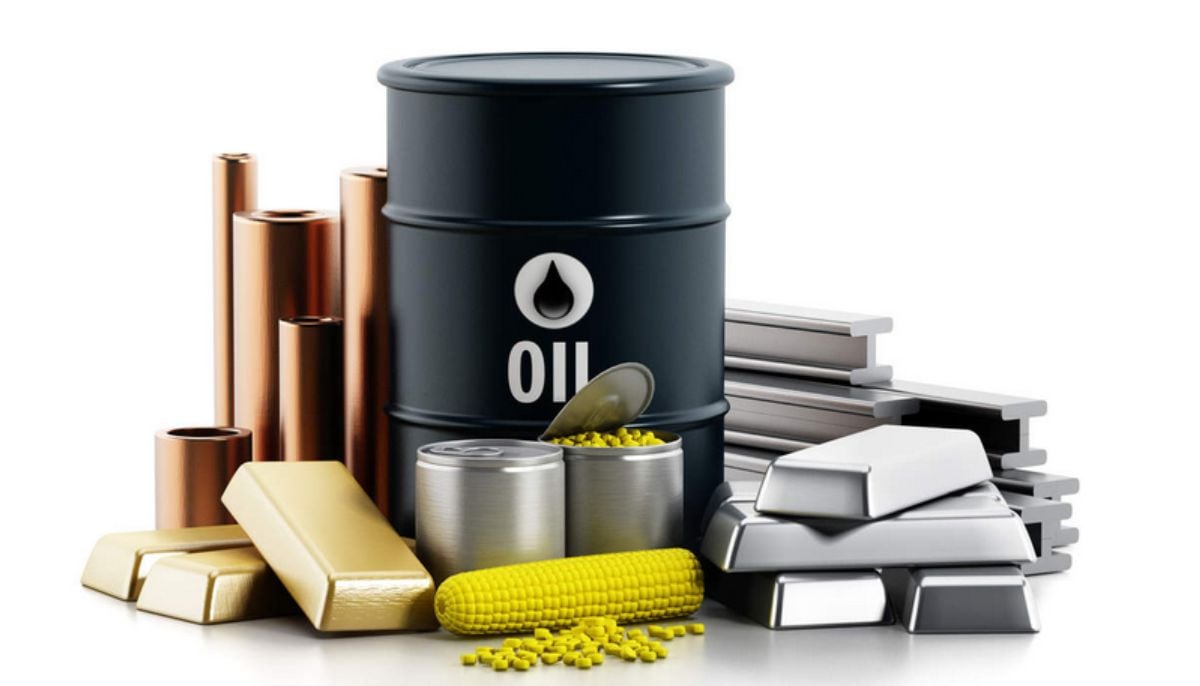Pakistan among four Asian countries to lose $65bn textile export earnings amid climate crisis
Climate crisis and garment workers' exploitation endanger textile exports of Pakistan, Bangladesh, Cambodia and Vietnam
Extreme heat and flooding are likely to wipe out $65 billion in garment export earnings from four Asian countries by 2030 as they endanger the employees' health, as per new research.
According to a study by Cornell University and Schroders, one million fewer employment will be produced as a result of the delayed growth brought on by the adverse climate conditions.
The study identified 32 centres for the production of garments for six international brands in Bangladesh, Cambodia, Pakistan, and Vietnam and mapped their climatic sensitivity. It was discovered that the entire fashion business faces material dangers from flooding and heat, which caused export revenues to drop by 22%.
The researchers cautioned that these forecasts are anticipated to increase dramatically by 2050, representing around 69% in lost export revenues and 8.64 million fewer employment.
Due to the industry's emphasis on mitigation rather than adaptation strategies, brands, investors, or regulators are not prioritising preparing for these risks in the nations that combined account for 18% of global garment export, according to the report.
“Flooding and extreme heat pose a significant risk to every constituency in global apparel production – workers, manufacturers, regulators, investors, and brands themselves,” said Jason Judd, executive director of Cornell University’s Global Labour Institute.
“But no one is factoring the on-the-ground costs of climate breakdown into their planning. The apparel industry and regulators have mostly framed their climate responses around mitigation issues – emissions, water usage, and recycled fabrics,” he said, explaining how climate “loss and damage” for manufacturers and workers are treated by brands as someone else’s problems.
“They are ignoring the climate issues that are dramatically and directly affecting suppliers and their workers now.”
This is partly due to the fact that research on the physical hazards that climate change poses to businesses is still in its infancy, with few companies sharing enough information and few investors conducting accurate assessments.
“There is so little data on this... There are some brands not disclosing the factory locations of their suppliers,” said Angus Bauer, Schroders’ head of sustainable investment research.
Bauer predicted that Schroders, which oversees assets worth more than $874 billion, would engage businesses more on disclosure issues, The Independent reported.
Making sure brands and retailers invest in adaptation, such as investing in cooler workspaces, flood avoidance, and social protection systems, is one of the things he and Judd recommended.
“Key will be introducing set standards and protocols for working hours, effort levels, rest, and hydration to be collected and reported daily, as well as enforcing meaningful sanctions for violations of standards,” said Judd.
“Workers need these investments now because extreme heat standards and flood protections are non-existent, or the systems are easy to game. And, in order to deal with the day-to-day costs of climate breakdown, workers need social protection systems in place and living wages. And ultimately, regulators and brands need to treat heat and flood events as health hazards.”
-
AI boom set to lift TSMC’s Q4 profit by 27%
-
An eye on 'global economic instability' as shares slumps, tensions intensify
-
Tesla dethroned: BYD shocks EV market as top seller in 2025
-
China sets up $8.9B fund to boost 2026 consumer goods trade-in
-
Meta to acquire Chinese AI startup Manus to expand advanced AI capabilities
-
China to roll out action plan for digital yuan expansion
-
Amazon halts plan for 'drone delivery in Italy' just before launch
-
Europe’s crypto adoption gains regional momentum; Who’s investing the most?












